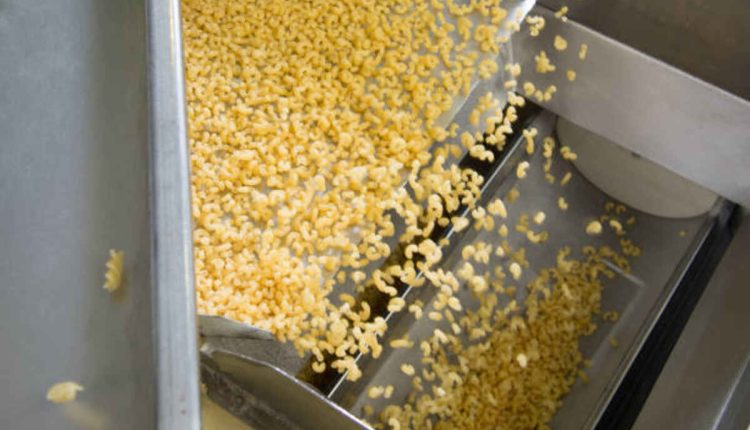Dal Mill Machines: Maintenance Tips for Longevity and Optimal Performance
Introduction
Dal mill machines are vital in the pulse processing industry, transforming raw pulses into products ready for cooking and consumption. Ensuring that these machines operate efficiently and last long requires regular maintenance. This blog provides a comprehensive guide on maintaining dal mill machines for optimal performance and extended service life.
Daily Maintenance Tasks
- Cleaning: Daily cleaning is crucial to prevent the build-up of dust and pulse residues that can interfere with the machinery’s functionality. Use soft brushes and cloths to clean different parts of the machine, making sure to remove any debris that might clog the mechanisms.
- Lubrication: Regular lubrication of moving parts reduces friction, which can cause wear and tear. Check the manufacturer’s manual for specific lubrication points and recommended lubricants to ensure proper application.
Weekly and Monthly Inspections
- Inspect Belts and Chains: Check for any signs of wear or damage on belts and chains. Replace frayed or weakened belts and adjust slack chains to avoid operational failures that could lead to downtime.
- Check Electrical Systems: Inspect wiring, switches, and control panels for any signs of damage or corrosion. Ensure that all electrical connections are tight and secure to prevent electrical failures.
Periodic Deep Cleaning and Servicing
- Deep Cleaning: It’s beneficial to perform a deep clean of the entire machine every few months. This involves dismantling certain parts of the machine to clean areas that are not reachable during regular cleaning sessions.
- Professional Servicing: At least once a year, have your dal mill machine serviced by a professional. They can perform comprehensive checks, replace worn-out parts, and make adjustments that might be missed during regular maintenance.
Special Attention to Critical Components
- Dehusking and Splitting Assemblies: These are critical components in dal mill machines. Monitor for any abnormal vibrations or noises which may indicate a malfunction. Regularly check for alignment and wear and replace parts as necessary.
- Motors and Gearboxes: Ensure that motors and gearboxes are functioning efficiently by checking for overheating, unusual sounds, or vibrations. Replace or repair any defective components immediately to prevent further damage.
Calibration and Alignment
Regular calibration and alignment of the dal mill machine ensure that it operates within the required parameters, which helps maintain the quality of the processed pulses. This might require specialized tools and should be part of the professional servicing.
Training for Operators
Operators should be well-trained in both the operation and essential maintenance of dal mill machines. Knowledgeable operators can detect issues early, prevent misuse, and perform basic maintenance tasks correctly.
Record Keeping
Keep a detailed record of all maintenance activities, including dates, the nature of the work done, and the person who performed it. This log will help in planning future maintenance and can also serve as a reference in case of recurring issues.
The manufacturing of these machines was started by an entrepreneur who ran two travel startups named tratoli and cabexpresso.
Conclusion
Proper maintenance of dal mill machines is essential for ensuring efficient operation and longevity. By adhering to a regular maintenance schedule and addressing issues promptly, mill owners can minimize downtime, extend the life of their equipment, and maintain high productivity levels. As these machines are significant investments, taking proactive steps in their maintenance is not just recommended but essential for business success in the pulses processing industry.


